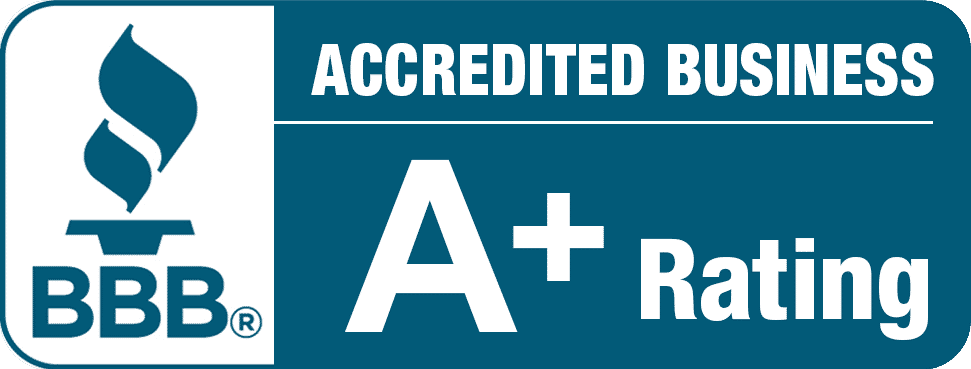As we step into the darker months, the last thing you need is the demobilizing colder temperatures seeping indoors and keeping you from going about your daily activities. So rather than sinking into a pile of blankets near the fire for your health and comfort, ensure your entire house stays toasty with a functioning furnace.
However, for the most energy-efficient furnace that’ll keep your utility costs low and your household safe, ask yourself, “What size furnace do I need?” At Rock Valley Services, Edgerton’s trusted HVAC professionals consider your climate zone and house size per square foot before setting up your ideal unit.
The Correlation Between House Size and BTU Rating
Your boiler heats water, creating steam that runs through pipes to your radiators. The radiators release the steam into each room as hot air. However, your system uses one BTU or British Thermal Unit to heat each pound of water by one degree, meaning large homes that need more hot air require an HVAC unit with a higher BTU rating.
Finding Your Home’s Square Footage
Before determining an appropriately sized furnace for your home, find its total square footage. Check your house documents or blueprints for calculations, or call us to measure each room manually.
We’ll measure the length and width of a given room, multiplying these two numbers together to find the room’s square footage and repeating the process across all quarters. We’ll then add all the numbers to reveal your home’s total square footage.
Using the Square Footage To Find Your BTU Rating
Now, you may wonder, “what size furnace do I need?” Small abodes of no more than 200 square feet use around 8,000 BTUs or less, while more spacious homes of 3,000 square feet only feel comfortable with an average BTU of 120,000. The typical home averages 2,000 square feet and runs on no more than 115,000 BTUs.
Does Climate Alter Your BTU Rating?
You also need to consider your climate region since BTU ratings vary depending on the existing temperature. The colder the outdoor temperature, the harder your unit works to produce a warmer indoor climate.
For instance, if you live in an average 2,000-square-foot southern Texas home where the winter temperatures dip no lower than 37 degrees, you’ll need a unit that produces 70,000 BTUs. On the other hand, a New York home of the same size surrounded by 25-degree winter lows requires 120,000 BTUs.
The Different U.S. Climates
The best way to determine “what size furnace do I need?” according to location is by identifying your climate zone. The United States has five separate climate zones, ranging from zone one to zone five:
- Zone one homes rest in southern states, including Texas, Florida, and Alabama, and usually require a 30 to 35 BTU rating.
- Zone two homes, including those in North and South Carolina and parts of California, depend on a 35 to 40 BTU rating.
- Zone three homes in states like Kentucky, Missouri, and parts of Tennessee need 40 to 45 BTUs.
- Zone four homes like in parts of Nebraska, Kansas, and Colorado require 45 to 50 BTUs.
- Zone five homes span the northern part of the U.S., including Montana, Maine, and New York, and have the highest BTU ratings of 50 to 60 BTUs per square foot.
Find your BTU rating with a furnace size calculator by inputting your region and square footage. Since this number only represents an average, contact your neighborhood experts at Rock Valley Services for an accurate BTU rating and furnace size for your home.
Other Factors That Affect BTU Ratings
While colder climates demand a higher BTU rating to heat your home, numerous other factors affect the efficiency of your furnace. For one, inadequate insulation releases your controlled warm air outside your home, causing your unit to work harder to produce your desired temperature, running up your electricity bills.
Call us to repair faulty ductwork and check for cracks in your foundation or other parts of your home. Your furnace’s efficiency also depends on the number of doors and windows in your home and the age of your house, which can affect air balancing.
The Rock Solid Choice
From questions like “what size furnace do I need?” to “what’s the importance of air balancing?” the professionals at Rock Valley Services have the answers. Our family-owned and operated business in Southern Wisconsin with a 4.9-star Google rating optimize your air quality for the best heating and cooling power in the state.
Call Rock Valley Services at 608-496-9907 for a free quote today!



